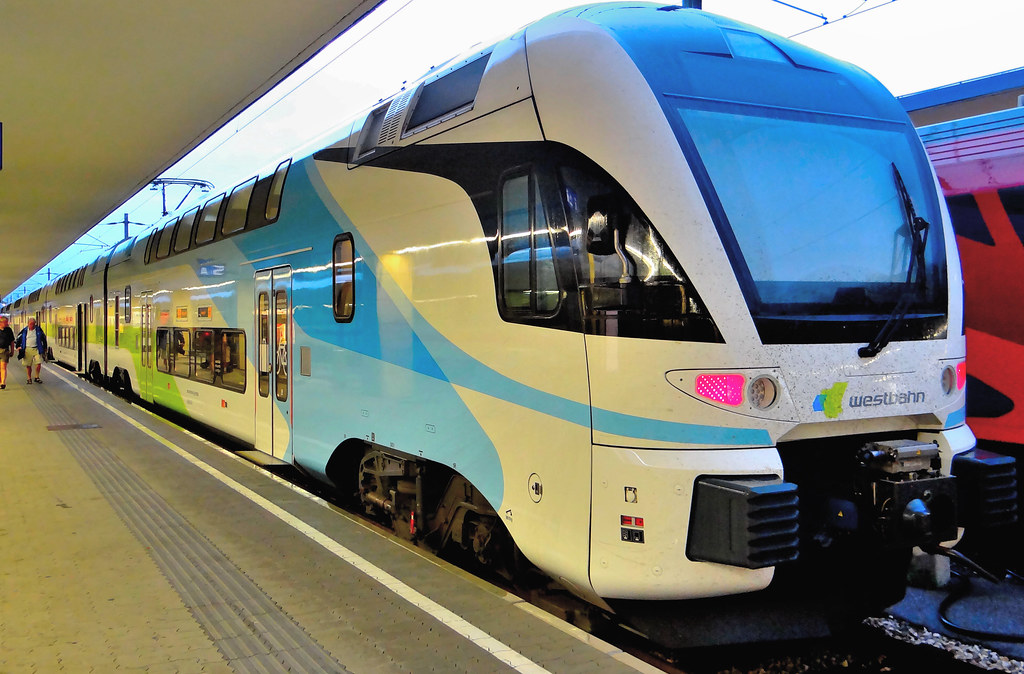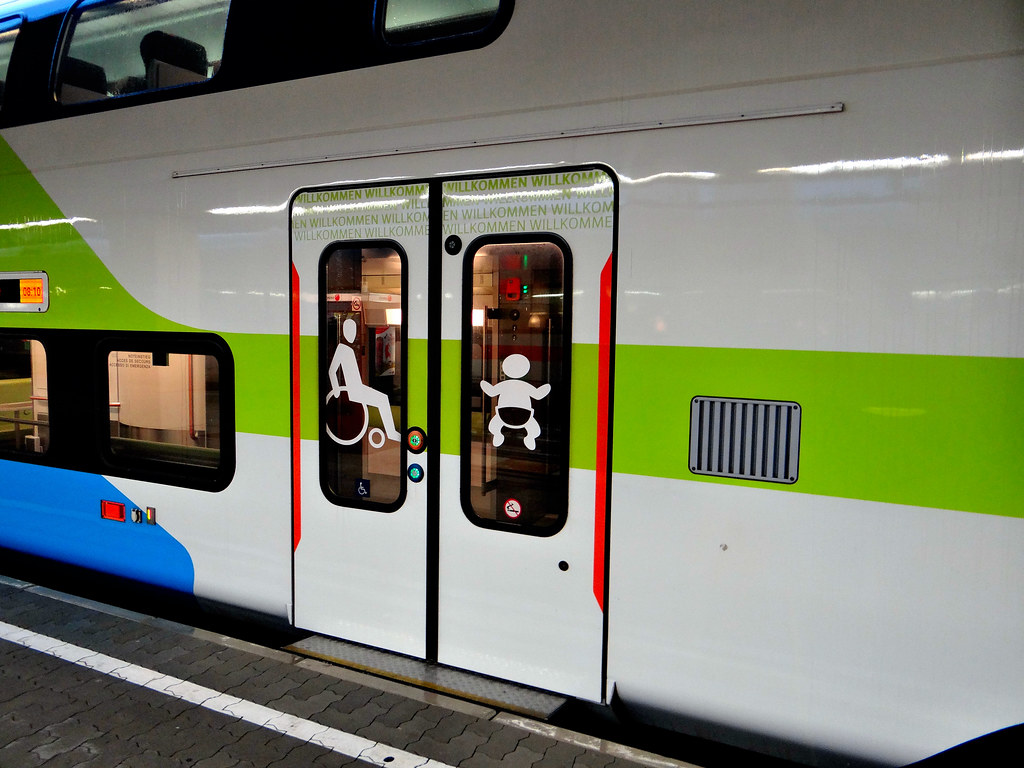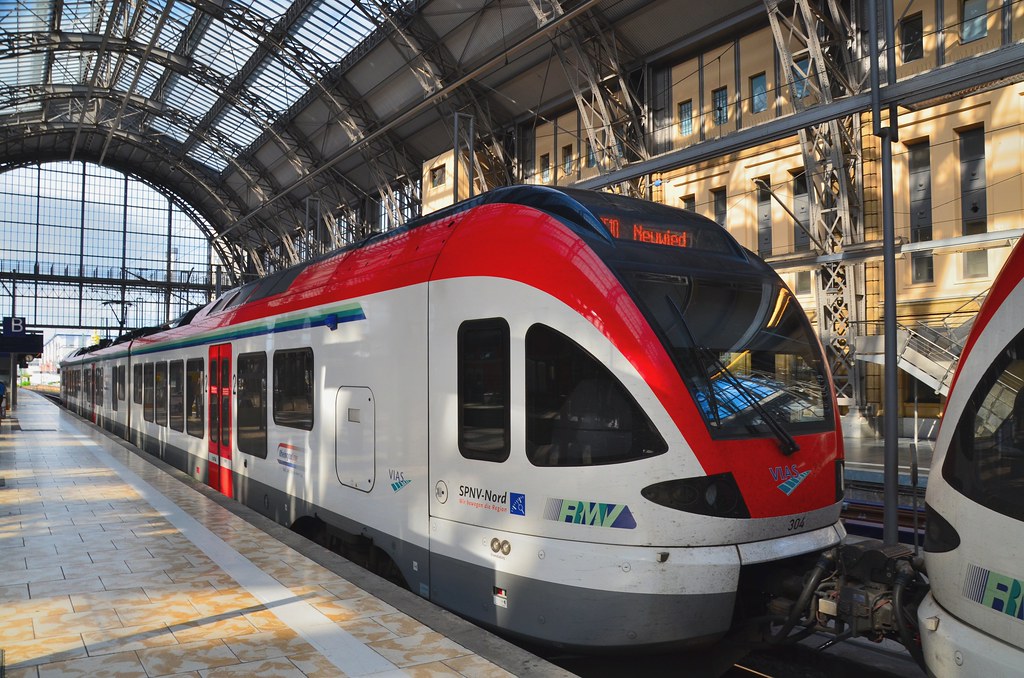Reading the sticker on the door, or even consulting the owner's manual, is not acceptable. He ended up in a line of garbage trucks at a transfer station, as that was the most available place to get his vehicle weighed. Yeah, we do overregulate in this country
To be fair, that is an inter-provincial absurdity, but it certainly does show how we over-regulate some areas and leave the door wide open on others, but beyond the reason of the point for adopting UIC standards for cost and vastly greater availability, is *trade agreement!*
And it's not just USMCA (Nafta 2), it's any international agreement we've entered or are poised to enter into. CETA immediately comes to mind, albeit not fully ratified, well over 90% of the terms are already in play, including the most of the rail equipment ones, if not all (I'll check on details later).
It's *beyond* the interests of Transport Canada to not only match FRA regs on this, but to go even further in enacting the CETA ones even before full ratification.
And then while Alstom and Bombardier Transportation are still hot with assembly plants running here, start entertaining conversations both beyond and through the Infrastructure Bank. And since Siemens are very active in the US, allow their bids on Cdn projects for the reciprocity of Alstom and others who might set-up shop in Canada to do same in the US.
If the Feds aren't already on this, they're beyond incompetent. I suspect there's a massive disconnect between Trade and Industry and TC on this.









